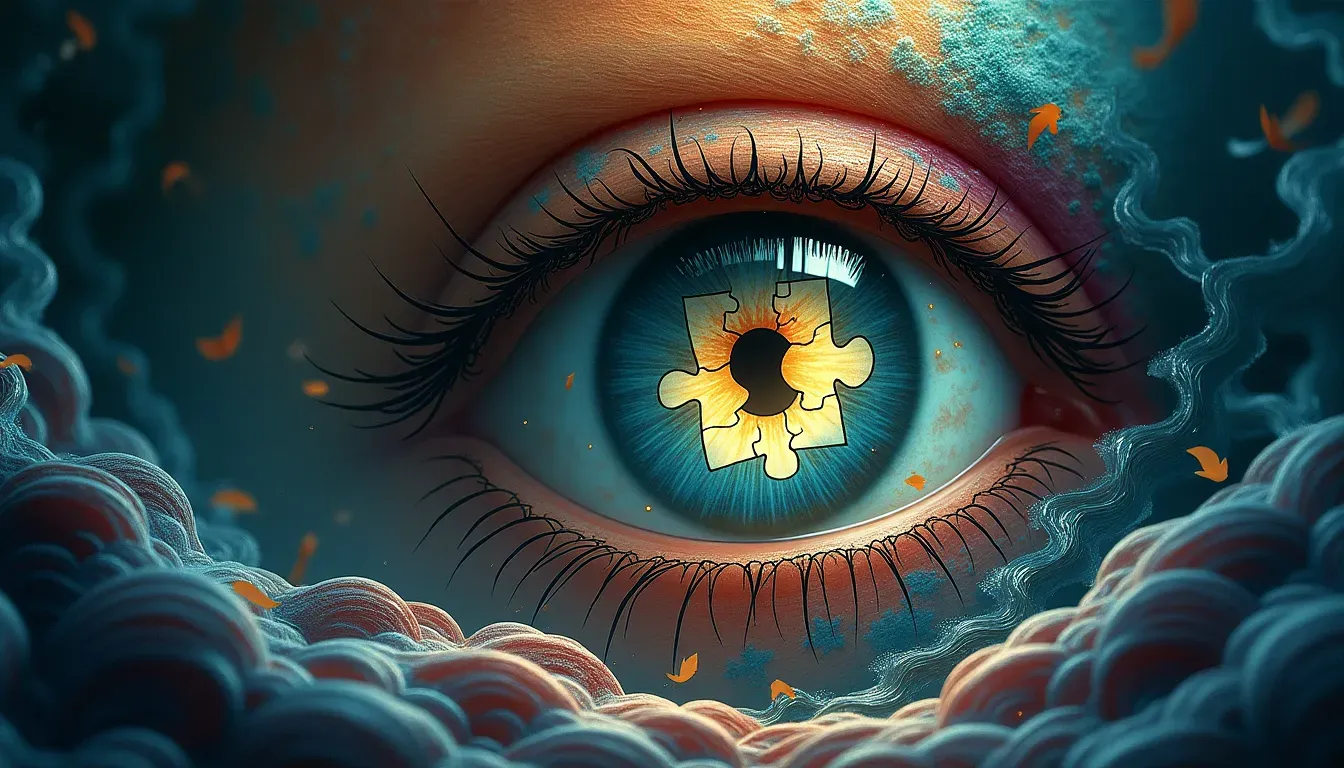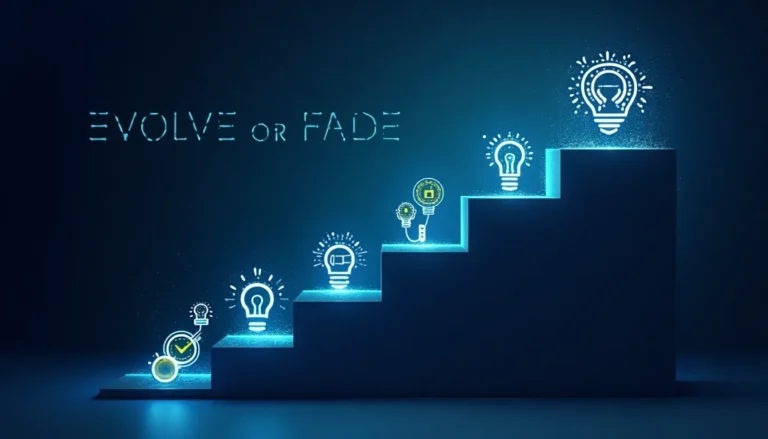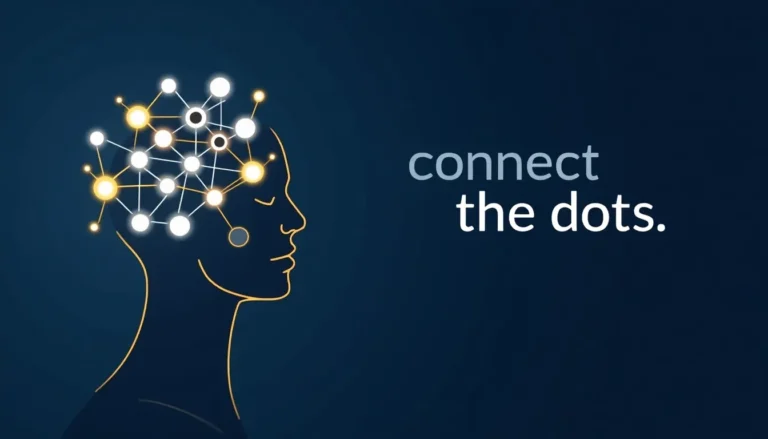Your Blind Spots Show
We all have them. Those dangerous gaps in our vision where threats and opportunities lurk unseen.
With AI, our blind spots are particularly treacherous.
We focus obsessively on what AI can do – the flashy demos, the headline-grabbing achievements, the promises of transformation.
But we’re missing what we can’t see.
The assumptions we never question. The biases we don’t recognize. The limitations we forget to consider.
Our blind spots around AI are growing faster than our understanding.
We assume AI thinks like us, because that’s comfortable. It doesn’t.
We assume AI reasons like us, because that’s familiar. It doesn’t.
We assume AI perceives like us, because that’s reassuring. It doesn’t.
These assumptions create dangerous blind spots. They lead us to overestimate AI’s capabilities in some areas while completely missing its potential in others.
We’re like the proverbial blind men touching different parts of an elephant – each convinced we understand the whole based on our limited perspective.
The engineer sees a technical challenge.
The entrepreneur sees a market opportunity.
The ethicist sees a moral dilemma.
The worker sees a threat.
The optimist sees salvation.
The pessimist sees doom.
Each perspective contains truth. None contains the whole truth.
Our blind spots aren’t just about what we can’t see – they’re about what we don’t know we can’t see.
The most dangerous blind spot is thinking we don’t have any.
To work effectively with AI, we need to first acknowledge our limitations in understanding it.
We need to actively search for our blind spots.
We need to question our assumptions.
We need to embrace multiple perspectives.
We need to get comfortable with uncertainty.
We need to admit what we don’t know.
Because in the end, our blind spots don’t just show – they shape our future with AI.
And the future is too important to be left to what we can’t see.
Look harder. Your blind spots are showing.
And they’re bigger than you think.



